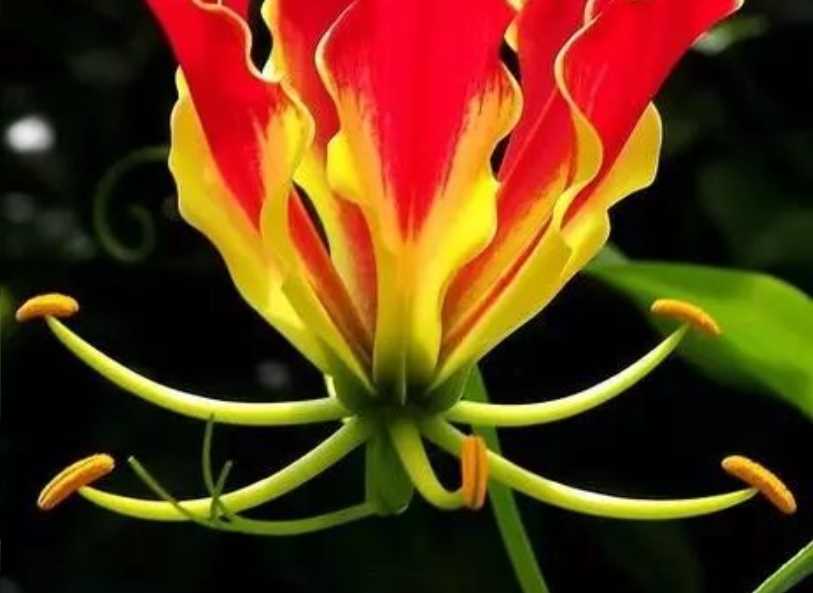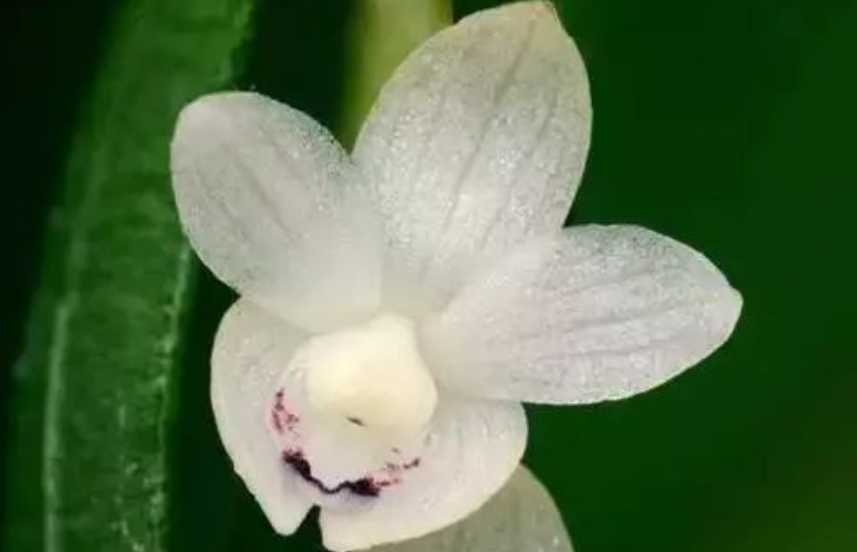Reaching 1–2 meters in height, the Gloriosa lily features tendril - tipped leaves that coil around supports, aiding its climbing nature. Its most iconic feature is the flower—an explosive display of vivid red and yellow petals that curve backward, resembling leaping flames. Each bloom (8–12 cm across) has six reflexed petals, their edges often ruffled and transitioning from bright yellow at the base to deep crimson at the tips. The stamens and pistil protrude prominently, adding to the flower’s dynamic appearance. Blooming from summer to autumn, the Gloriosa lily’s flowers are followed by oval seed pods, which split open to release black seeds. The plant’s foliage is equally striking, with lanceolate leaves that turn bronze - green as they mature.
In its native habitats, the Gloriosa lily serves as a nectar source for pollinators like sunbirds and hawkmoths, while its tubers provide sustenance for small mammals. The plant’s toxicity—all parts contain colchicine, a compound harmful if ingested—has led to its use in traditional medicine with caution, primarily for anti - inflammatory purposes. Culturally, the Flame Lily symbolizes rebirth and renewal in African folklore, while in Hindu traditions, it represents prosperity. Commercially, it is highly valued in the cut flower industry for its long vase life (7–10 days) and dramatic presence, though cultivation requires well - drained soil and full sun. Despite its beauty, habitat loss and overharvesting threaten wild populations, making conservation efforts essential to preserve this botanical flame that lights up tropical landscapes.








